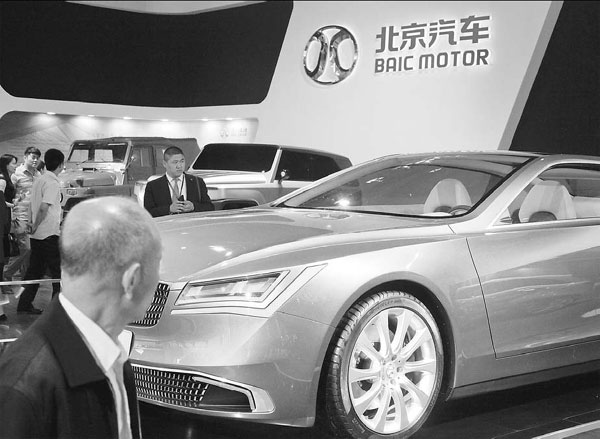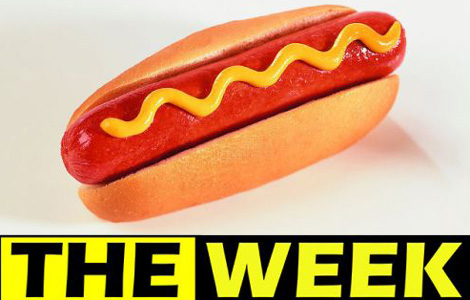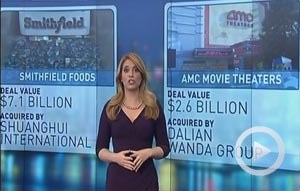New frontiers but no easy money in the car market
Updated: 2013-07-15 07:25
By Wang Chao (China Daily)
|
||||||||
|
BAIC established an international company and launched its global expansion plan last month. Provided to China Daily |
Chinese automakers are setting up manufacturing operations overseas
State auto groups in China used to sit back and harvest the easy money from joint-venture brands, but as the domestic market cools and their ambitions grow, international markets have become a greener pasture.
At the end of last month, Beijing Automotive Group (known as BAIC), one of the largest auto groups in China in terms of sales volume, established an international company and launched its global expansion plan, following another two major auto groups, FAW Group Corp and Dongfeng Motor Corp, which had already founded their overseas branches.
Analysts often criticize auto groups for being too comfortable, as they usually have one or two joint-venture partners producing popular and profitable models. Last year one of BAIC's joint-venture brands, Hyundai, produced 860,000 cars in China, up 16 percent year-on-year. This increase almost doubled the average growth rate of the Chinese auto market.
As the first State company to reap a profit of more than 10 billion yuan ($1.63 billion), BAIC is also a pampered son of the Beijing government, enjoying good financing treatment and favorable policies.
But as private auto brands gradually conquer overseas frontiers, State auto groups are no longer happy with just their "free lunches".
Dong Haiyang, president of BAIC International, says the international company is not only a channel for exports but also a means of finding more overseas resources, especially talented recruits and M&A targets.
BAIC has just established an off-shore company in Hong Kong to do financing in the local currencies of destination markets. "This money will be used on overseas investments and acquisitions," Dong says.
The company is doing research on two European auto brands, he says, which could be springboards for its expansion in Europe.
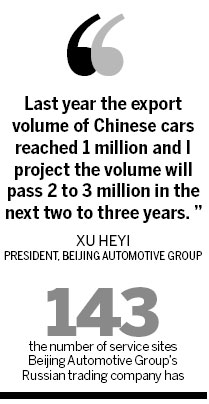
Dong does not reveal the names of the two European brands, but says "they are medium-sized, with good images in Europe and have good manufacturing capabilities".
"We will acquire them just as SAIC (Motor Corp) acquired Rover," he says. "The targets we are looking for have to be mid- to high-end brands, so we can get an entrance ticket into Europe."
As a major car-producing region, Europe has quite a few brands that are well known yet not operating very well. After Geely Holding Group Co Ltd's acquisition of Volvo Group and SAIC's acquisition of Rover, rising Chinese automakers have become a silver lining for these struggling European brands. They count on these cashed-up Chinese companies to save them from bad financial results.
This is not the first time BAIC has looked to acquire European brands. In 2009 it spent $200 million to buy three Saab platforms and used them to develop its own passenger car. This time, BAIC plans to take things further by completely acquiring the brand as well as all the intellectual property and manufacturing bases attached to it.
"In recent years, trade barriers have evolved from tariffs to all sorts of variations such as emission and safety requirements," Dong says. "The CCC standard widely used in China is rarely recognized in overseas markets, and to pass European certification is very time-consuming. So acquiring local brands is a wise choice."
Xu Heyi, president of BAIC, is optimistic about the new company's future. "Last year the export volume of Chinese cars reached 1 million and I project the volume will pass 2 to 3 million in the next two to three years. And of those, 30 percent will come from overseas manufacturing bases."
Internationalization is the trend for the Chinese auto market, Dong says, and this is illustrated by the blueprints followed by major Chinese auto groups.
"Sooner or later more than 10 million Chinese cars will go overseas and, during the 13th Five-Year Plan, at least several million sales will come from overseas."
However, giant auto groups such as SAIC and BAIC can boast about their big revenue and profits, but they must admit they have been slow to expand overseas compared with private companies such as Chery and Great Wall Motors Group Co Ltd.
The 2012 auto export ranking provided by China Association of Automobile Manufacturers shows that the top five exporters were Chery, Geely, Great Wall, SAIC and Lifan Group. Only one State-owned auto group, SAIC, made its way onto the list.
BAIC ranked 10th, with overseas deliveries of 50,900, only half of Chery's output.
Dong labels the key overseas markets as BRIMS: Brazil, Russia, Iran, Mexico and South Africa. These places already accommodate some strong rivals to BAIC, such as Chery, Great Wall and Lifan, which means BAIC has a big battle ahead if it wants to survive.
Because most of these export destinations have undeveloped auto industries, the local governments are open to Chinese automakers who can teach them advanced technologies and how to create jobs. But they do not want their nations to be flooded with Chinese cars.
A former Brazilian ambassador, Valdemar Carneiro Leao, says his country used to favor foreign investment in the energy field, but now prefers it in manufacturing areas such as railways, ports and automobiles. "BAIC's move into Brazil is part of this process," he says.
Brazil is now the world's sixth-largest auto market, with annual output of 3.2 million. It is an emerging market for Chinese automakers, but not an easy one. About 80 percent of the Brazilian market is taken up by budget cars with engine sizes smaller than 1.6 liters. Most of these are powered by a fuel made from ethanol and sugarcane, requiring different engine configurations.
Also, the import tariff on cars is high - 70 to 80 percent - so the sticker price of cars is much higher in Brazil.
"The only solution for international automakers is to localize to bypass the tariff," Dong says. "But, again, government requirements are high: A foreign company has to localize 65 percent of its full production line in five years."
BAIC will work together with local partners to achieve production capacity of 60,000 "in the mid-term", Dong says.
Although it is late, they are not entirely starting from the ground up, Dong says. "We already have a Russian trading company with 143 service sites and 15,000 deliveries and a branch company in South Africa manufacturing and selling cars locally."
BAIC's overseas schedule is ambitious. It plans to build seven regional centers in 30 countries in the long term, with expected annual output of 400,000 cars and revenue of 50 billion yuan.
Overseas markets vary. While drivers sit on the left side in Brazil, they are on the right in South Africa. In the Middle East, most cars do not have a roof window due to the harsh sun, yet in Russia people love the sunshine.
To address these issues, vehicles will first be designed by the research institute in China and then modified by local distributors. Meanwhile, the Chinese headquarters will support overseas bases by establishing packaging plants for knock-down parts as well as a logistics center in Tianjin port.
Despite these efforts, BAIC has a long way to go to beat even its Chinese rivals, such as Great Wall, let alone marquee names such as Toyota and Hyundai.
Great Wall boasts a bigger profit margin per car in overseas markets than in the domestic market, with sticker prices slightly lower than Japanese models.
"Great Wall has already established a good reputation and visibility in overseas markets, so it can charge high prices and still find buyers, but BAIC is still nobody, so we cannot follow their strategy," Dong says.
The pick-up trucks made by Great Wall and ZXauto Co Ltd in Hebei province became so popular in the Middle East and North Africa that they were used like chariots in the Libyan civil war.
There is a joke in the overseas auto market that says "made in China, 20 percent off". Dong does not want this embarrassment to apply to BAIC. He says the company will not entirely outsource after-sales services to local distributors, but will be involved in specific projects, helping to recruit workers, building plants and handling logistics issues.
During this process, the joint-venture partners cannot really help. BAIC has strong partners in China - Daimler and Hyundai - and the models are all money-spinners for the joint venture. But Dong says the company cannot count on foreign partners to help explore overseas markets, because there they are competitors.
wangchao@chinadaily.com.cn
(China Daily USA 07/15/2013 page14)
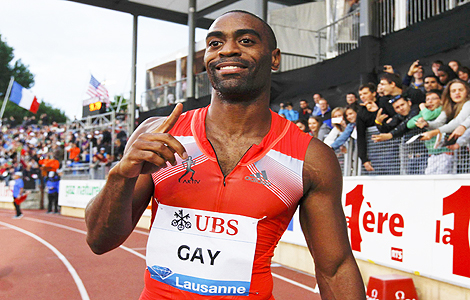
 US star sprinter fails drug test
US star sprinter fails drug test
 Protests erupt after verdict
Protests erupt after verdict
 Color Run in London promotes healthy living
Color Run in London promotes healthy living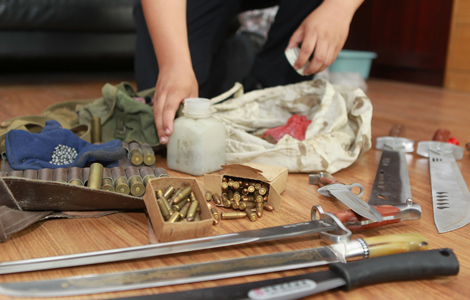
 Urumqi residents hand in weapons
Urumqi residents hand in weapons
 Pool jammed in summer heat
Pool jammed in summer heat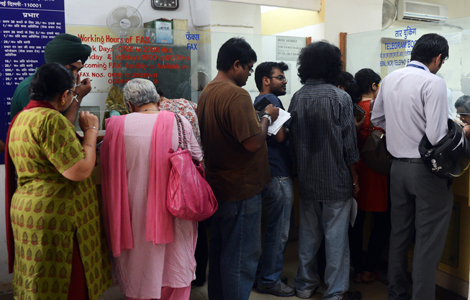
 Last stop for the telegrams of India
Last stop for the telegrams of India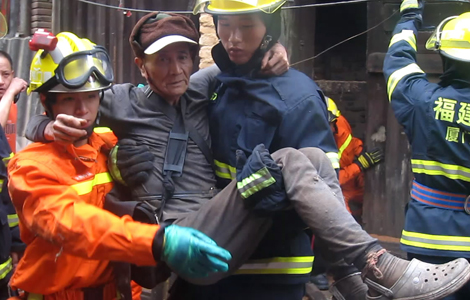
 Heavy rain, strong winds as Soulik heads inland
Heavy rain, strong winds as Soulik heads inland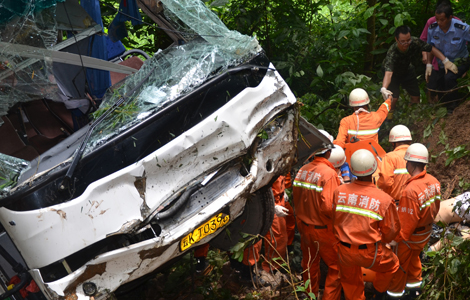
 8 dead, 19 injured after bus leaves road in Jinghong
8 dead, 19 injured after bus leaves road in Jinghong
Most Viewed
Editor's Picks

|
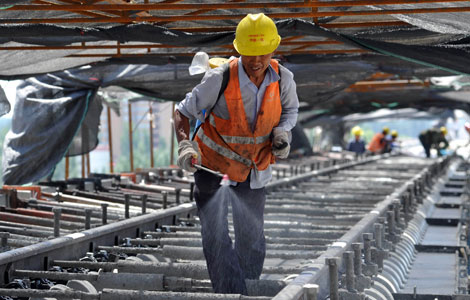
|

|

|
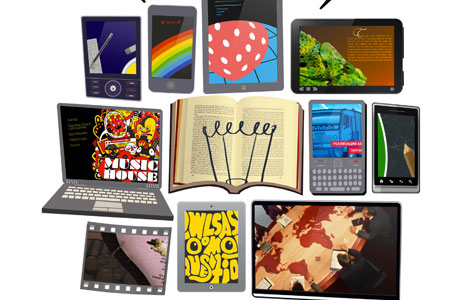
|

|
Today's Top News
Four GSK China execs held for investigation
Asiana survivors coping with post traumatic stress
China's Q2 GDP growth slows to 7.5%
Canada mourns victims of train accident
Air crash students return to families
Snowden says he won't release harmful US data
Local governments face financing woes
Zimmerman not guilty
US Weekly

|

|
